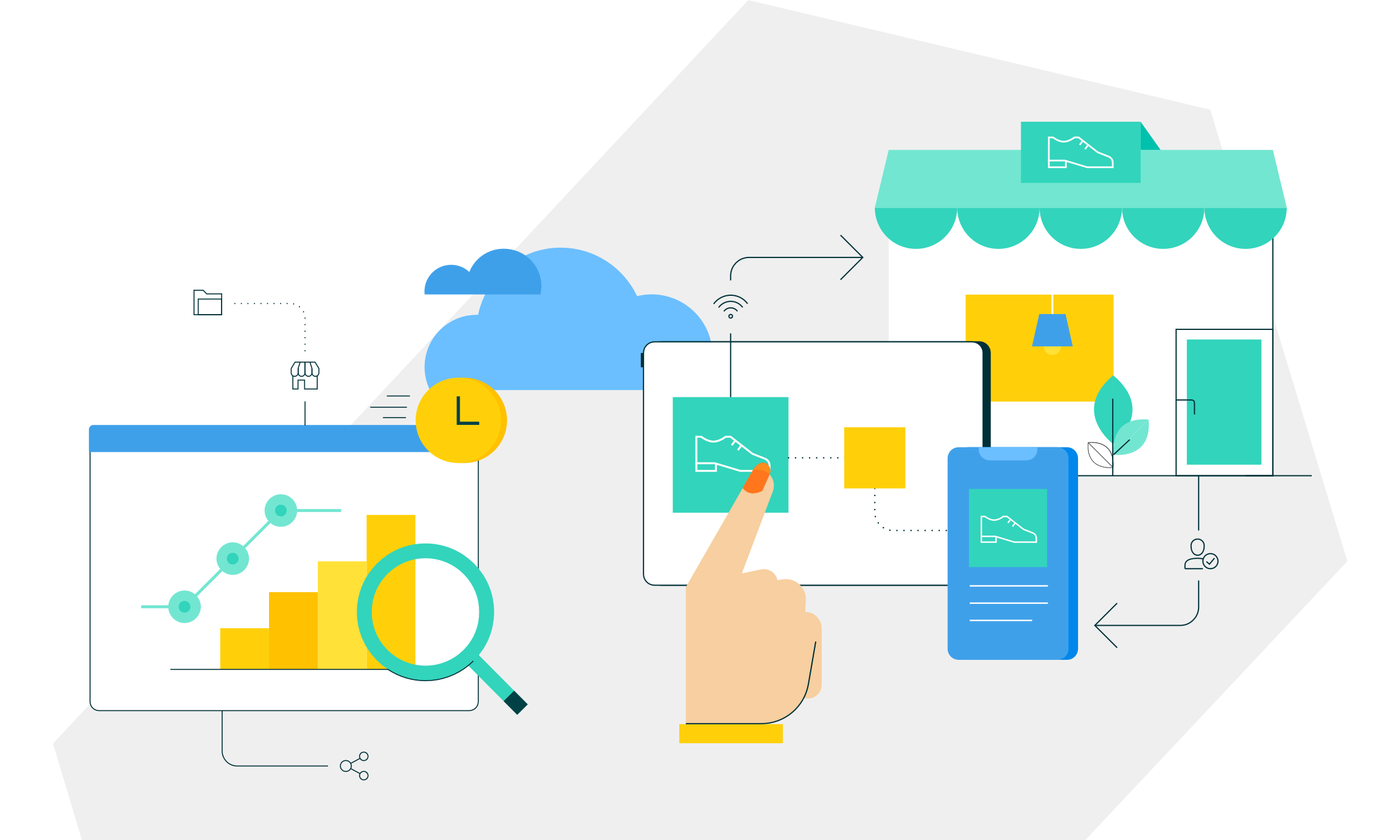In our event, "Future of Commerce: Coffee Brewing Class and Roundtable Discussion," commerce enthusiasts were able to enjoy an entertaining and interactive virtual coffee brewing class with World Brewer’s Champion James McCarthy. After being guided on how to brew up the best cup of coffee from home, viewers were in for the real treat: discovering how to brew up first-class commerce experiences, as discussed by experts from commercetools, Kin + Carta and Google Cloud Platform (GCP).

What better way to learn about taking enterprise commerce to the next level than over a perfect cup of coffee? That’s exactly what Kami Kris, VP, eCommerce of Kin + Carta; Logan Vadivelu, Global Lead, Industry Solutions, Retail at Google Cloud; and Kelly Goetsch, Chief Product Officer at commercetools did while discussing how to ensure a commerce platform is ready to handle the drastic changes in the retail industry.
Backed by their years of extensive commerce knowledge, the hosts discussed the following points:
Enhancing digital customer experience to enrich customer experiences.
The relationship between commercetools and GCP and how it benefits customers.
Modernizing a legacy commerce platform and moving to a flexible, API-first, headless architecture.
So much was covered in this roundtable, so here, we’re going to unpack the conversations and highlight the most important takeaways.
Data-driven strategies enrich customer experiences
The event started off at full speed by diving into the important questions right away with a discussion on how to utilize data to improve the overall customer experience. Logan Vadivelu started off with the statement, “We can’t manage what we can’t measure,” highlighting how absolutely essential data is to managing customer experiences. He then defined quantitative and qualitative data types:
Quantitative data: Transaction data like sales history and engagement and interaction data that are captured along the shopper journey via web, mobile or any other channel.
Qualitative data: Behavior data that is received from social media and shopper feedback, both pre- and post-purchase.
Once this information has been gathered, the question becomes what to do with the data? Vadivelu described four different types of data analytics: descriptive, diagnostic, predictive and prescriptive – and the type of data analytics that are used will vary depending on the desired outcome.
Collecting and managing data is only one aspect of successful Commerce programs. In order to be TRULY successful you need a comprehensive Data & Optimization strategy that supports broader business KPIs and (or) OKRs and is supported throughout the organization. A great optimization program includes data strategy which drives and supports an agile program development loop through to A/B testing. This workstream is never done, it supports on-going improvements and needs investment and focus in order to reap the benefits.
VP, eCommerce, Kin + Carta
What commercetools is building on GCP
During the discussion, Kelly Goetsch talked about his favorite GCP architectural and execution aspects, as well as the deeper connection between commercetools and GCP. He examined how commercetools has the ability to event data out to Pub/Sub, and how historically, because commerce platforms had everything within the four walls of their platform, it was very restricted.
Now, the extensive partnership and integration with GCP allows commercetools to event data out in real-time to GCP. Therefore, commercetools is actually considered to be in the cloud as a first-class citizen and not just sitting on the cloud and using it for compute. This enables the entire cloud basically to be the platform that users use to customize and extend the commerce platform. And users can also ingest that data into any GCP service. Whether it's BigQuery or whatever it happens to be, you can now ingest that data anywhere. According to Goetsch, it’s a very cool model.
Most of our customers end up choosing GCP because of our tight integration across the GCP ecosystem. You customize us, you can actually inject Google Cloud Functions into our platform.
Chief Product Officer, commercetools
Modernizing from legacy to MACH
Goetsch also shared his advice about how to move to a microservices, API, cloud-native multitenant, SaaS, headless commerce architecture, otherwise known as MACH. He described how many commercetools clients start by doing a proof of concept with a smaller property, such as a sub-brand or site for a smaller market, prove that it works out and then get the whole organization on board.
There are many ways to start implementation. Some will build things from scratch and some will have third-party ISVs. But the point is, businesses can build their own catalog of individual APIs, and each team is responsible for them, as opposed to one team responsible for a giant suite from a mega vendor, which is a lot more risky. He points out that he just doesn’t hear about failed implementations anymore.
There's nothing that special about a vendor that you have to pick one and stick with it forever. We as a vendor have to earn you business every day. If we start degrading our product or it's not working, throw us out please. That's a good thing.
Chief Product Officer, commercetools
Thinking about moving to a MACH-based platform? Read our white paper to discover how to do exactly that.